Top 7 Weirdest Foods In South Korea You Should Try At Least Once
05:54 | 27/04/2023 Print
| Contents |
Everything from live octopuses to enormous worms and insect larvae... There are undoubtedly a great deal of bizarre foods to be found in South Korea! When you find out about all of Korea's delicious specialties, you won't believe your eyes!
Here are seven Korean dishes that may sound strange to you but are actually quite interesting!
1. Sannakji (Live Octopus)
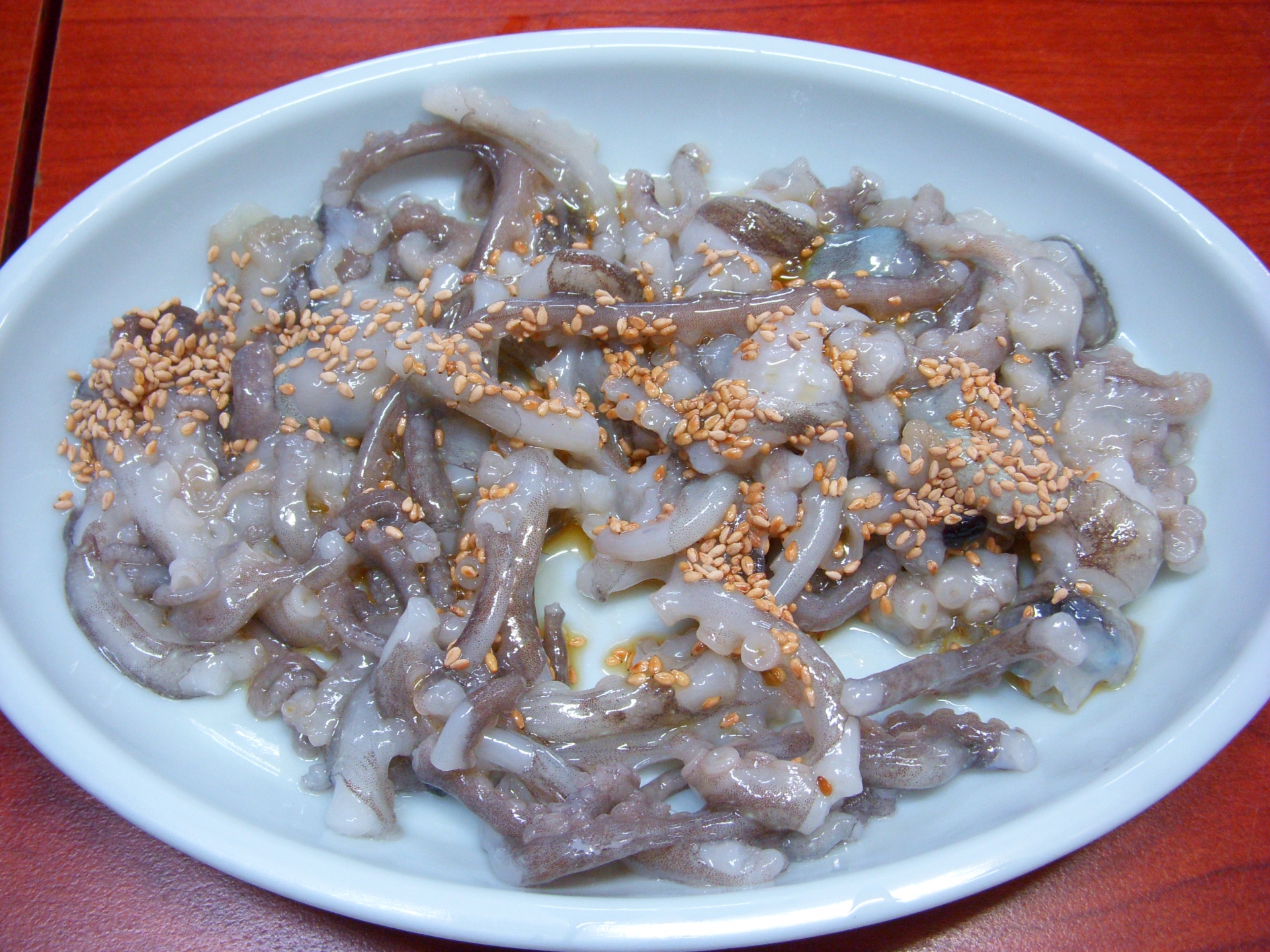 |
| Photo: Wiki |
The live octopus is frequently regarded as a must-try on any trip to the peninsula after becoming famous in a rather unsettling scene of Oldboy, one of the most well-known movies to have come out of Korea. Chopped and spiced octopus tentacles are served with a selection of dipping sauces while still in motion. You're sure to have a very strange taste sensation if you can manage to pry them off the plate and into your mouth. T
One should proceed with caution when eating this because octopi's suckers still work even after being chopped up, so make sure to chew them thoroughly. The tentacles can also be prepared by dipping them in soy sauce and sesame oil.
2. Gaebul (Live Spoon Worms)
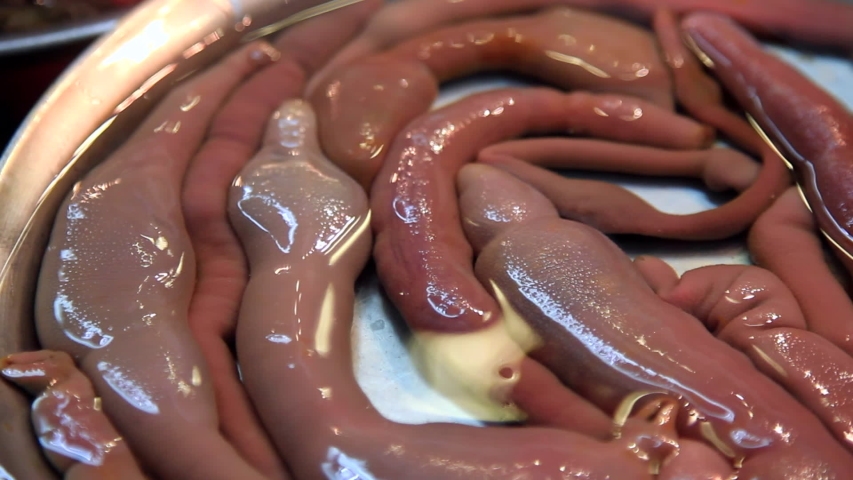 |
| Photo: shutterstock.com |
Whether it is cooked, raw, or, dare I say it, even alive, Koreans adore seafood. In Korean fish markets, spoon worms are a type of marine animal that is frequently encountered. The nickname "penis fish" was given to spoon worms because of their phallic appearance and purported aphrodisiac qualities.
Gaebul are typically consumed alive and raw. They are typically cut into bite-sized pieces, which wriggle around on the plate before being popped into our mouths. It supposedly tastes like saltwater.
Check More: How to Make Korean Tteokguk: New Ways and Simple Steps
3. Chueotang (Mudfish Soup)
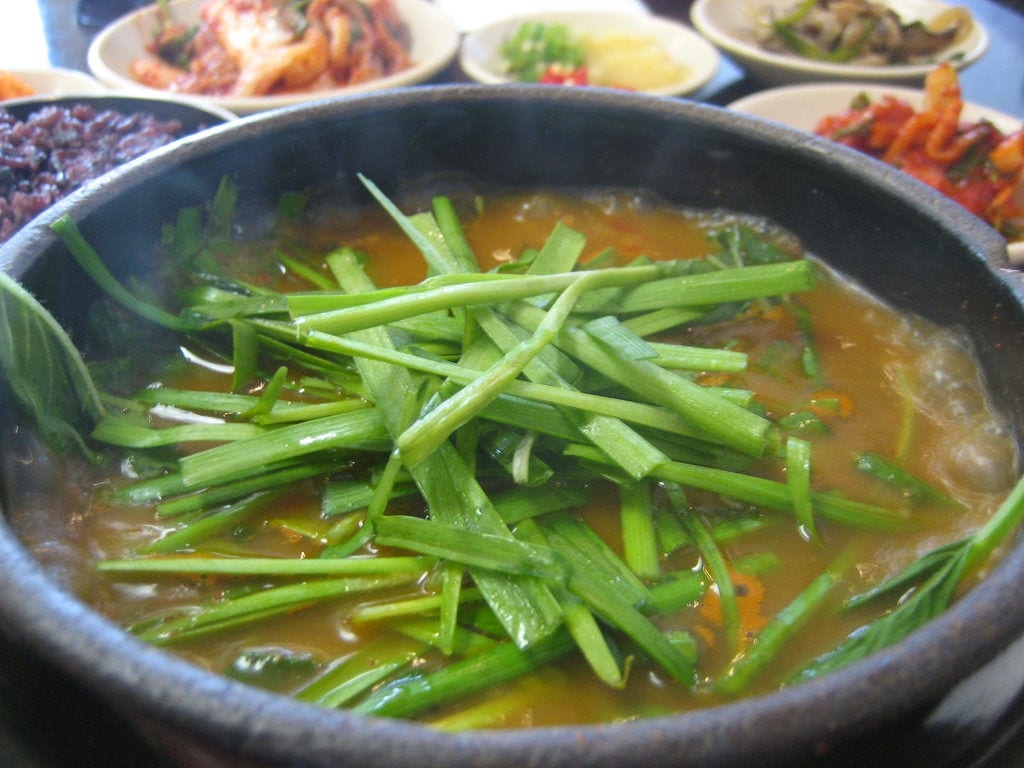 |
| Photo: nylonpink.tv |
Chueotang is a delicacy popularly praised for its health benefits and is most frequently found in the southern regions of Korea.
Due to its unsaturated fat content, which lowers cholesterol levels, it is frequently given to patients with high blood pressure and obesity issues. It is also said to be great for the skin and contains calcium, proteins, and vitamins.
In order to make chueotang, whole mudfish are crushed and ground, including the bones, and then cooked in a broth with leeks, spring onions, doenjang (soybean paste), and gokchujang (red pepper paste).
4. Hongeo (Fermented Skate)
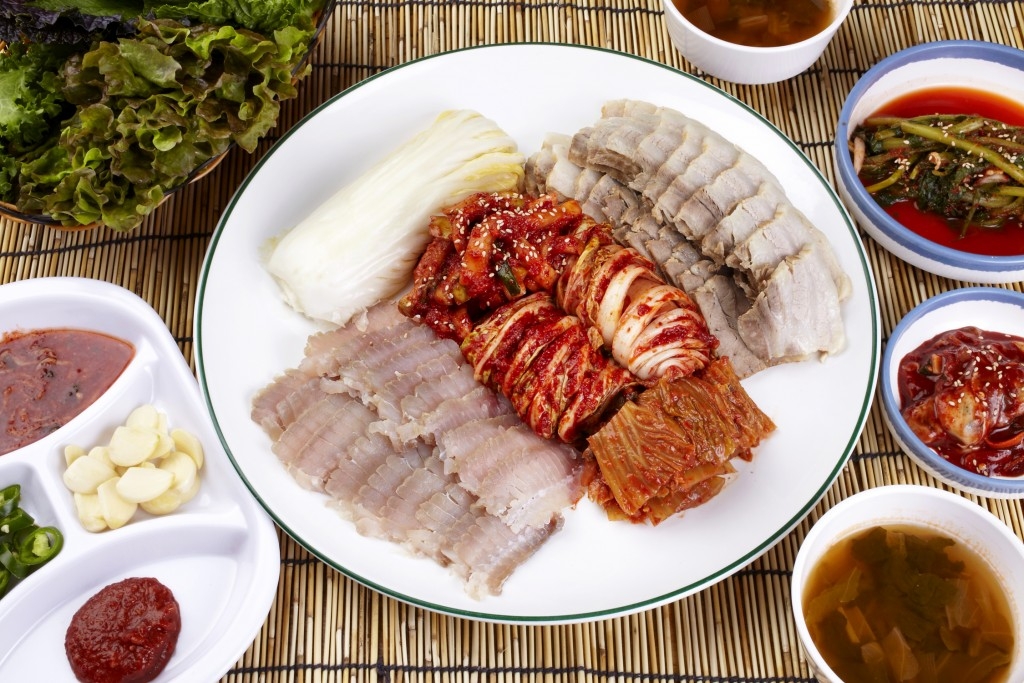 |
| Photo: chefssociety.org |
Skate has recently become a pricey delicacy in South Korea due to overfishing and low reproduction rates. Stingrays and skates are similar. If you saw two of them next to one another, you probably wouldn't be able to tell them apart.
This dish may be the most daring in terms of cuisine. Hongeo is renowned for its ammonia-like smell and its capacity to cause simultaneous drooling and mouthwatering. In the southern region of Korea, raw fermented skate is most frequently served with a variety of side dishes.
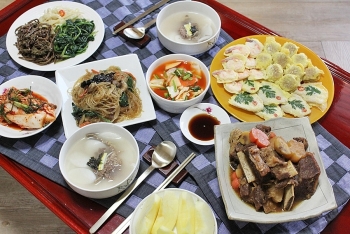 11 Popular Foods on New Year in South Korea 11 Popular Foods on New Year in South Korea |
5. Sundae (Blood Sausage)
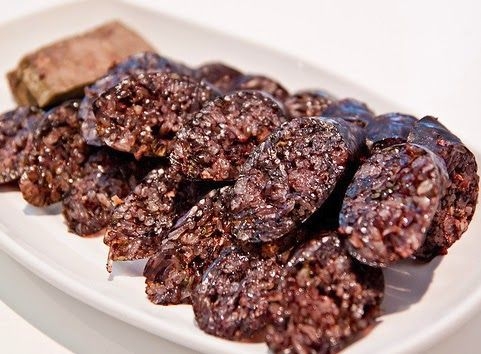 |
| Photo: authenticasianrecipes.blogspot.com |
South Korea adores its sundae, the UK has its black pudding, and Puerto Rico loves its morcilla. Blood, rice, green onions, pork, and noodles are mixed together to create the nation's version of blood sausage, which is then steamed inside of pig intestines. The dish, which is a common street food, is typically served with steamed liver, stomach, and other organ meat or in a soup known as sundaeguk.
Each region of Korea prepares the dish differently and uses different ingredients, as is the case with many of its culinary traditions. Although the recipes may vary, all sundae have a chewy exterior and a soft, flavorful interior, creating an intriguing contrast in tastes and textures.
6. Beondaegi (Silkworm pupae)
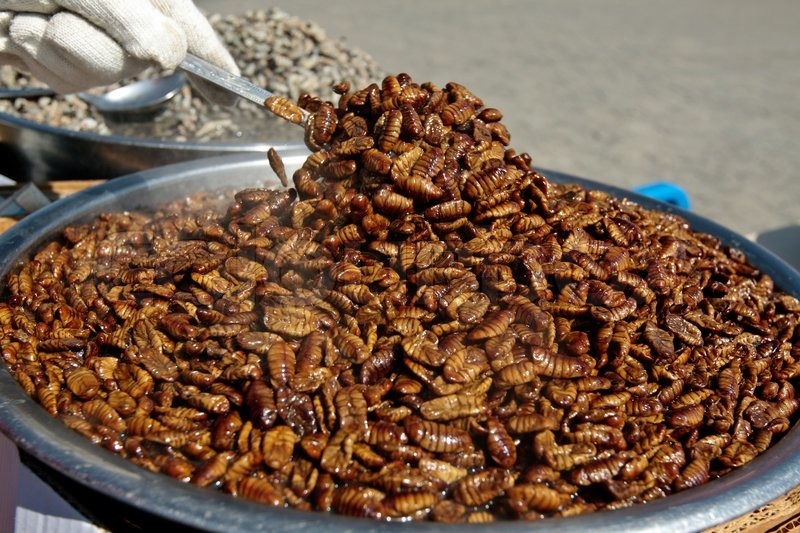 |
| Photo: colourbox.com |
Beondaegi, which is frequently served with alcohol, is simply steamed or boiled silkworm pupae served in a cup with all the juice that results from the steaming. The snack is frequently available from street vendors, as well as in bars and eateries. They are so well-liked that they are also offered in Korean markets and convenience stores outside of Korea in canned form.
Even though it doesn't taste unpleasant or strange, the thought of putting an insect in my mouth is enough for me to include it on this list.
7. Gejang (Raw Crabs)
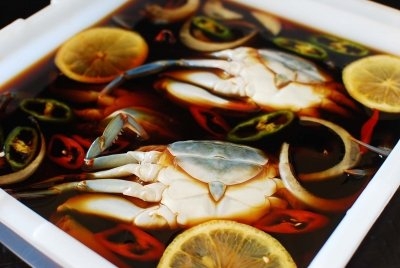 |
| Photo: koreanbapsang.com |
There is an entire alley devoted to this dish because it is so well-liked. "Crab condiment" is how gejang is translated literally.
These delightful little crabs are seasoned with various sauces and eaten raw; they are not cooked before consumption. The shells of baby crabs, another dish of raw seafood, are interestingly soft enough to be eaten as well. They resemble a slightly harder version of an M&M shell. In most fish markets in Korea, you will find chains of these crabs tied together because they are so well-liked there.
 Tripe in Florence - One of the Weirdest Dishes in the World Tripe in Florence - One of the Weirdest Dishes in the World Lampredotto, trippa…tripe! Some of you might think you’re not a fan of this particular cut of beef, but give it a try and you might ... |
 Top 7 weirdest foods in Canada you should know! Top 7 weirdest foods in Canada you should know! With many tourists, travelling must be eager to eat delicious dishes. Dishes are the way for us to expose to different cultures in the country ... |
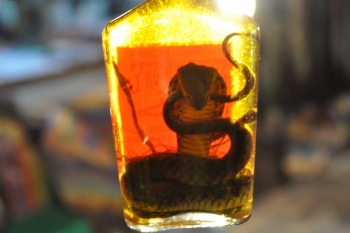 Snake Wine - One of the World's Weirdest Drinks in VietNam Snake Wine - One of the World's Weirdest Drinks in VietNam The exotic snake wine of Vietnam has been an unusual drink around the world. This article figures out some interesting information about this special drink ... |
Laelia Yang
Article URL: https://knowinsiders.com/top-7-weirdest-foods-in-south-korea-you-should-try-at-least-once-26184.html
All rights reserved by KnowInsider
